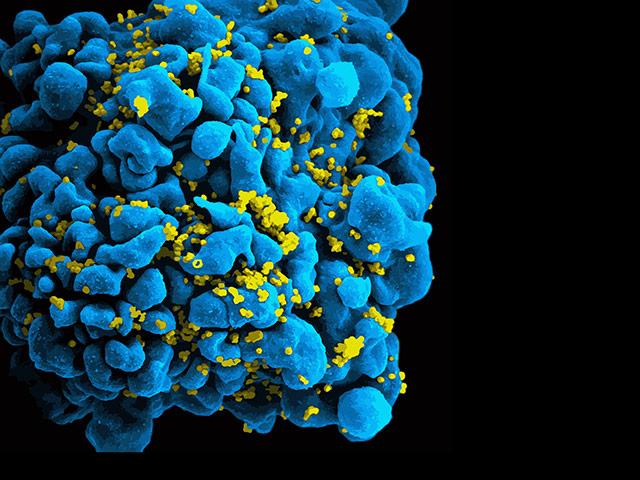
Women's HIV risk linked to distinct vaginal bacteria
The finding could inform test interventions to reduce or eradicate certain bacteria that appear to increase women’s HIV susceptibility.Media Contact: Brian Donohue, bdonohue@uw.edu, 206.543.7856

Early in the HIV/AIDS epidemic, men were thought to be at a higher risk for the disease. Today, according to the World Health Organization, about half of the 35 million people living with HIV are women. In Africa in 2015, 56 percent of new HIV infections were women.
According to a study published Jan. 25 in The Lancet Infectious Diseases, concentrations of specific vaginal bacteria are associated with increased risk of HIV acquisition in African women.
Prior to this paper, it was posited that bacterial vaginosis, or the condition when there is too much of a particular bacteria in the vagina, might contribute to HIV transmission and the disproportionate burden of HIV infection in African women. Because of new advances in molecular biology, researchers’ understanding and categorizations of vaginal bacteria types have catalyzed new studies on the association between specific vaginal bacteria and HIV acquisition.
Although research in this area has found strong associations, the new research investigates absolute concentrations of bacteria for more defined risk analysis. Primary authors in the University of Washington-led study were Scott McClelland, professor of medicine, epidemiology and global health; Jairam Lingappa, professor of medicine and global health; and David Fredericks, professor of medicine.
“It’s important to measure absolute concentrations of bacteria for a couple of reasons,” McClelland said. “First, there can be important differences between relative abundance, which is measured by broad range [polymerase chain reaction] and deep sequencing, and absolute concentration, which is measured using quantitative PCR assays. Second, relative abundance comparisons are more likely to overlook potentially important differences in species that have low relative abundances.”
According to McClelland, absolute concentrations of bacteria provide a more targeted approach to identify specific vaginal bacteria. For a decade, the team of researchers analyzed data from five cohorts of eastern and southern African women, including female sex workers, pregnant and postpartum women, and women in mixed-status relationships. The data identified the specific vaginal bacteria communities that were common among those who acquired HIV.
“These results suggest that high concentrations of certain bacteria may increase women’s susceptibility to HIV,” McClelland said. “This opens up the possibility of testing prevention interventions targeted towards reducing or eradicating these vaginal bacteria in women at risk for HIV infection.”
Higher diversity vaginal bacteria communities are more common in women of African and Hispanic descent than women of Asian or European origin. This helps inform population-level differences in HIV transmission and prevalence. Additionally, because bacterial vaginosis is extremely heterogeneous (with multiple potential causes), defining individual vaginal bacteria that are associated with HIV risk can provide specific targets and future strategies for HIV prevention research.
This study was supported by the National Institute of Child Health and Human Development of the National Institutes of Health (NIH; P01-HD64915). Support for the Mombasa cohort was through the National Institute of Allergy and Infectious Diseases at the NIH (R37-AI38518). Support for the clinical trials in HIV-serodiscordant couples was through the Bill & Melinda Gates Foundation (OPP47674, 26469, and 41185). Infrastructure and logistical support was received from the University of Washington and the Fred Hutchinson Cancer Research Center's Center for AIDS Research (P30-AI27757).
– Written by Annie Pellicciotti
For details about UW Medicine, please visit https://uwmedicine.org/about.